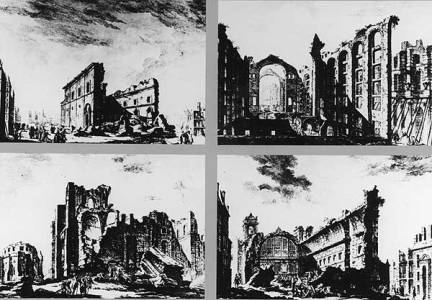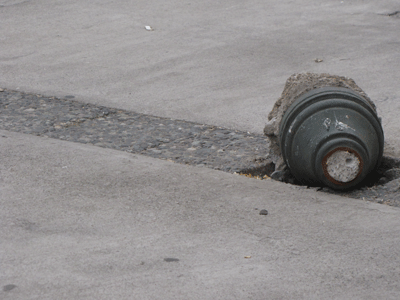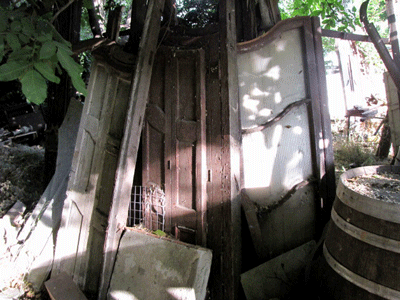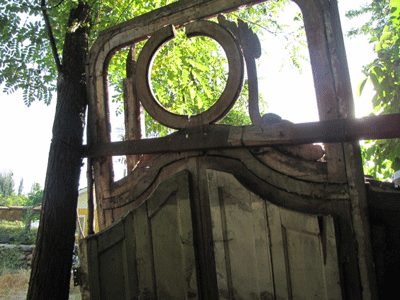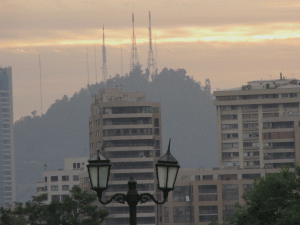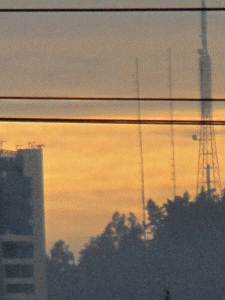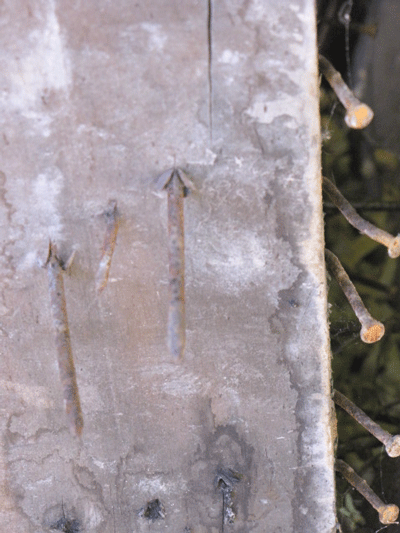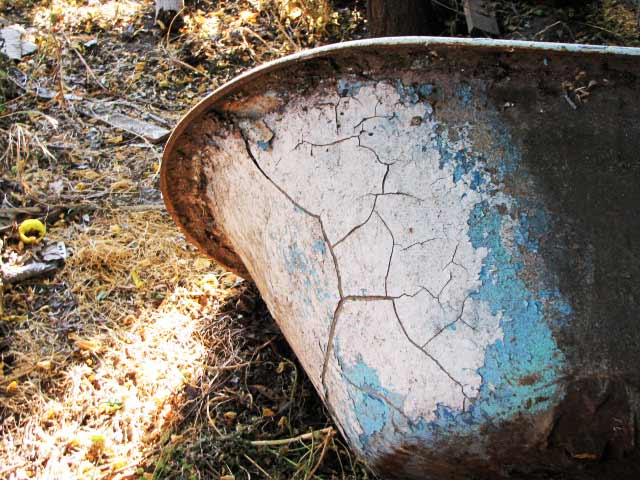Carla Castiago
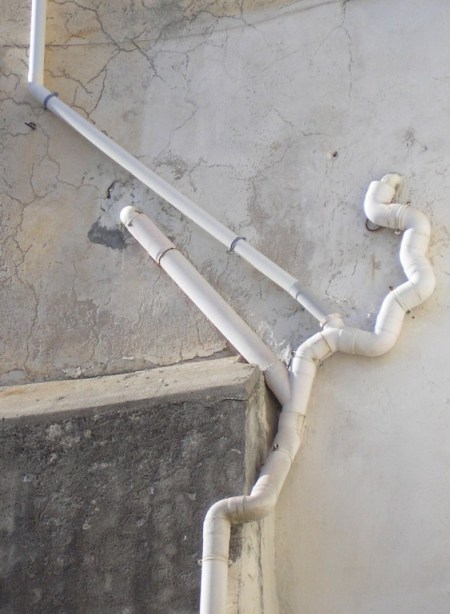
Whether Armilla is like this because it is unfinished or because it has been demolished, whether the cause is some enchantment or only a whim, I do not know. The fact remains that it has no walls, no ceilings, no floors: it has nothing that makes it seem a city except the water pipes that rise vertically where the houses should be and spread out horizontally where the floors should be: a forest of pipes that end in taps, showers, spouts, overflows. Against the sky a lavabo’s white stands out, or a bathtub, or some other porcelain, like late fruit still hanging from the boughs. You would think that the plumbers had finished their job and gone away before the bricklayers arrived; or else their hydraulic systems, indestructible, had survived a catastrophe, an earthquake, or the corrosion of termites.
Abandoned before or after it was inhabited, Armilla cannot be called deserted. At any hour, raising your eyes among the pipes, you are likely to glimpse a young woman, or many young women, slender, not tall of stature, luxuriating in the bathtubs or arching their backs under the showers suspended in the void, washing or drying or perfuming themselves, or combing their long hair at a mirror. In the sun, the threads of water fanning from the showers glisten, the jets of the taps, the spurts, the splashes, the sponges’ suds.
I have come to this explanation: the streams of water channelled in the pipes of Armilla have remained in the possession of nymphs and naiads. Accustomed to travelling along underground veins, they found it easy to enter the new aquatic realm, to burst from multiple fountains, to find new mirrors, new games, new ways of enjoying the water. Their invasion may have driven out the human beings, or Armilla may have been built by humans as a votive offering to win the favour of the nymphs, offended at the misuse of the waters. In any case, now they seem content, these maidens: in the morning you hear them singing.
In Invisible Cities, Italo Calvino
Carla Castiago
… the inhabitants stretch strings from the corners of the houses, white or black or gray or black-and-white…
…the strings become so numerous that you can no longer pass among them…
… only the strings and their supports remain…
… the labyrinth of taut strings…
… pattern of strings…
…spiderwebs of intricate relationships seeking a form.
Carla Castiago
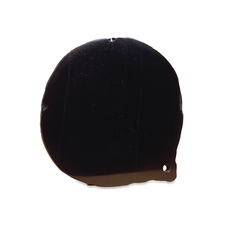 British museum British museum
The Mexica people made mirrors of varying sizes with cut iron pyrites and obsidian (a volcanic glass).
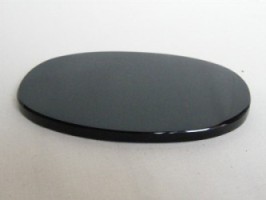
Armilla:
…combing their long hair at a mirror…
…to find new mirrors…
Valentina Rosenthal
The arrival of the Spanish led to great upheavals. It was February 12, 1541 when Pedro de Valdivia founded the City of Santiago del Nuevo Extremo. He named it after the military protector of the Spanish in their fight for conquest and the Patron Saint of Spain, Apostle James.
Pursuant to the legislation in force, Pedro de Valdivia commanded the layout of the new city to master builder Pedro de Gambia, who designed the city in the shape of a checkers board. He placed the main square in the center and the plots for the cathedral, the jail and the governor’s house around it.
When Valdivia left to the Arauco War, the city was left unprotected and subject to Indian raids. Afterwards, it was rebuilt but it was affected by the forces of nature as an earthquake hit the city in 1552.
After these inconveniences, the immigration quickly began to populate the city. The first important buildings in the city began to be erected, amongst which the construction of the first cathedral built in stone and Saint Francis’ church in the southern border of town stood out in 1561.
In 1647, a new earthquake hit the city, which was practically destroyed. Once again, Santiago was raised again. It began to recover and keep a constant growth pace.
The features of a quiet town began to vanish with the advent of the XVIII century. In 1780, the Italian architect Joaquín Toesca was in charge of carrying out the construction of a series of important government buildings, such as the Mint.
In the XIX century, the revolutionary movements in America were beginning to be conceived, and Chile and Santiago were part of them. In 1810, the First National Government Assembly, whose seat was in the City of Santiago, was proclaimed.
The accelerated growth of the capital city continued at great speed. However, in 1822 and 1835 two new earthquakes hit the area. In 1851, on the other hand, the first system of telegraphs was established. It connected the capital with the port of Valparaíso.
During Benjamín Vicuña Mackena’s administration, Santiago experienced a new urban development. Mount Santa Lucía was remodeled and architectural works were designed following the Neo-classical European trends.
As regards means of transportation, the city welcomed its first railway line in September 14, 1857 in the brand-new Central Station at Santiago. The rest of the streets were paved and suitable for the use of private vehicles and tramways….
Carla Castiago
In the center… around it…
The immigration quickly began to populate the city…
Construction… Destroyed… Once again, Santiago was raised again…
Carrying out the construction…
Valentina Rosenthal
 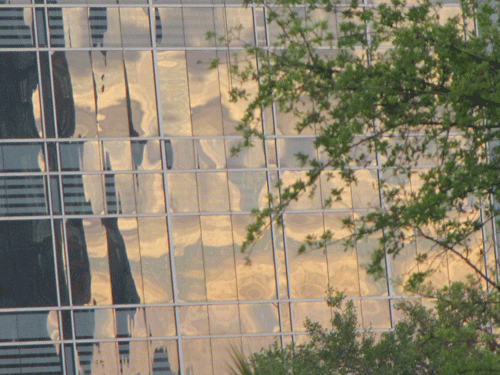
…it was rebuilt but it was affected by the forces of nature…
..to find new mirrors..
Carla Castiago
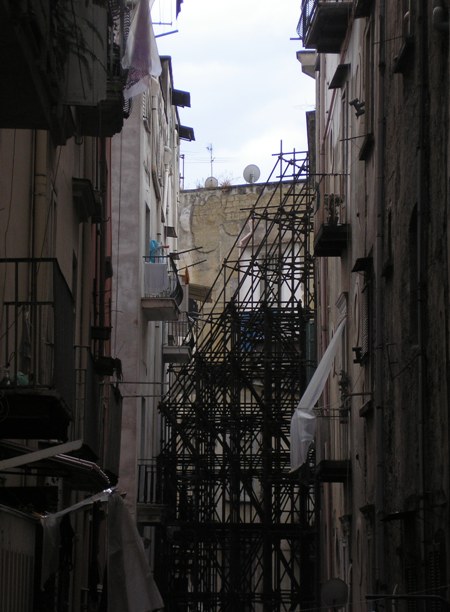
Those who arrive at Thekla can see little of the city, beyond the plank fences, the sackcloth screens, the scaffoldings, the metal armatures, the wooden catwalks hanging from ropes or supported by sawhorses, the ladders, the trestles. If you ask “Why is Thekla’s construction taking such a long time?” the inhabitants continue hoisting sacks, lowering leaded strings, moving long bruses up and down, as they answer “So that it’s destruction cannot begin.” And if asked whether they fear that, once the scaffoldings are removed, the city may begin to crumble and fall to pieces, they add hastily, in a whisper, “Not only the city.”
If, dissatisfied with the answers, someone puts his eye to a crack in a fence, he sees cranes pulling up other cranes, scaffoldings that embrace other scaffoldings, beams that prop up other beams. “What meaning does your construction have?” he asks. “What is the aim of a city under construction unless it is a city? Where is the plan you are following, the blueprint?”
“We will show it to you as soon as the working day is over; we cannot interrupt our work now,” they answer.
Work stops at sunset. Darkness falls over the building site. The sky is filled with stars. “There is the blueprint,” they say.
|
|
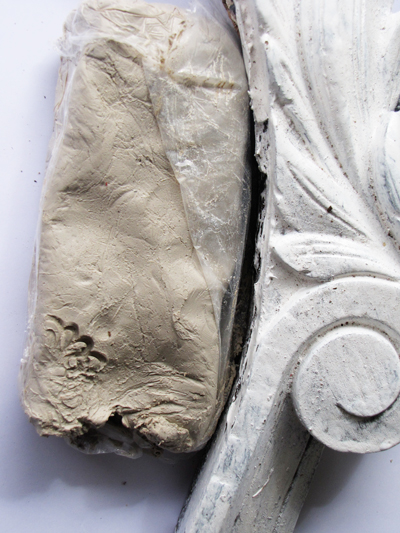

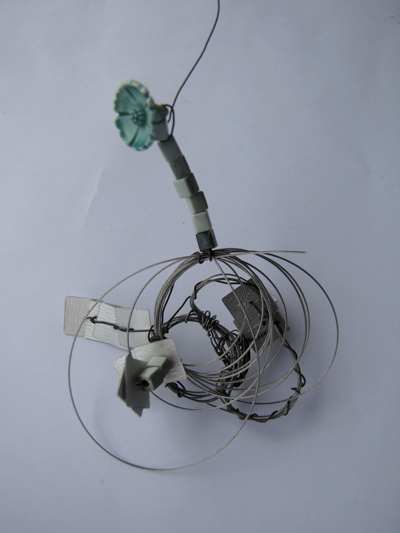

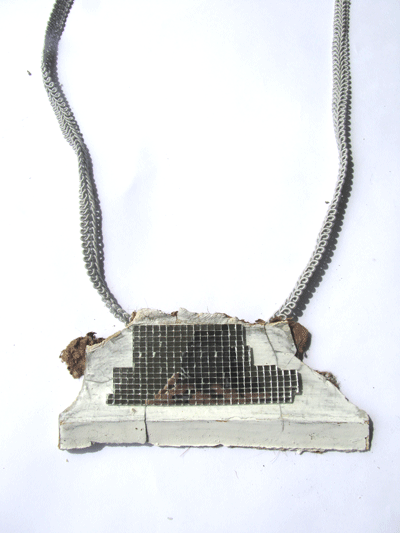
 British museum
British museum
